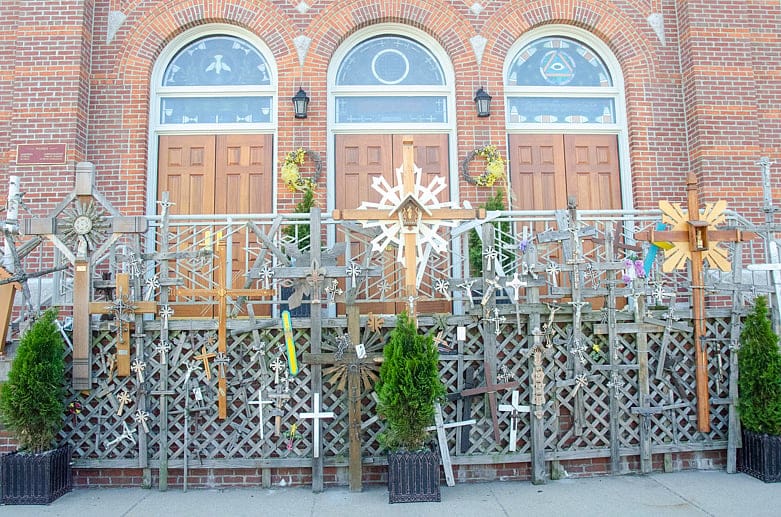Boston’s Lithuanian community thrives despite pressures

BOSTON – The sound of prayer emanated from the red-brick St. Peter Lithuanian Parish church in South Boston Sunday as the unfamiliar language of Lithuania took hold.
The prayer song concluded as short line of newly minted almuni of the Lithuanian School, dressed in traditional garments, trooped out into the sunny afternoon. They had come from around Boston to spend Saturdays at the school over the past academic year, learning the language and studying the culture of their ethnic homeland.

